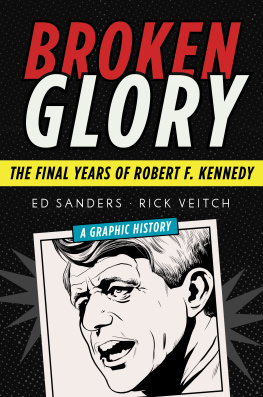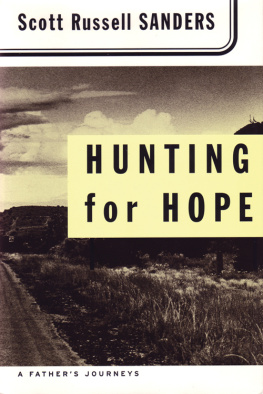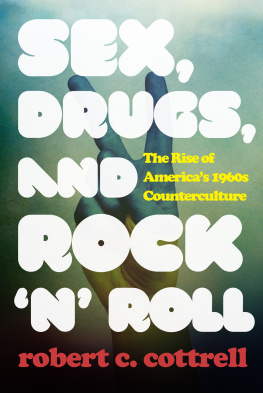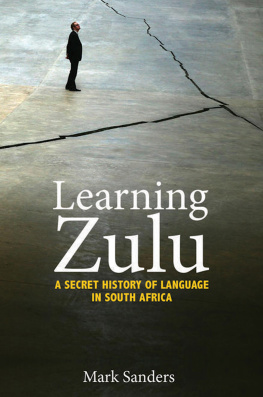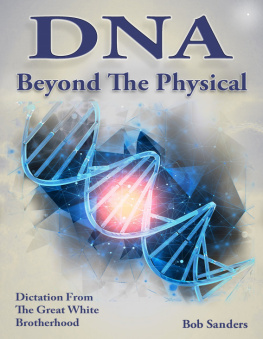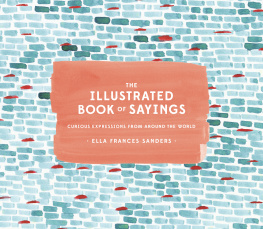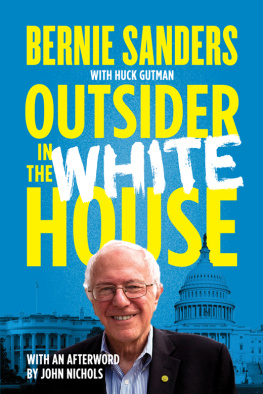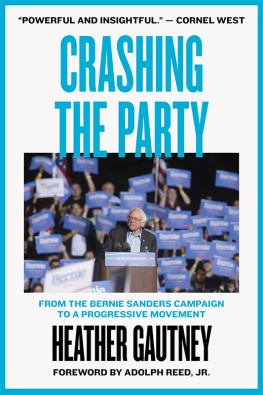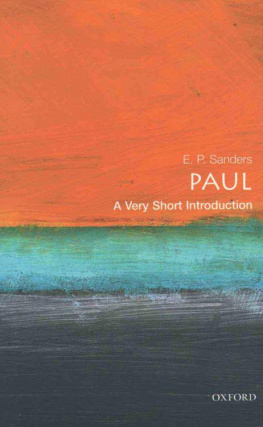Table of Contents
Dedicated to the presidency of Robert Kennedy, to the spirit of the Great Be-In in Golden Gate Park, to the enjoyment of freedom, to the quick advance from four- to sixteen-track recording, to peace and love and sharing the largesse, to all those groped by J. Edgar Hoover in the silent halls of Congress, and to a Nation that could invent the wah wah pedal.
Let other pens dwell on guilt and misery.
Jane Austen, Mansfield Park , chapter 48
Sophocles, Women of Trachis , Pound translation
but why tell all just because Tell tells you to tell
1968, A History in Verse , about being on William Buckleys Firing Line with Jack Kerouac
Of course, facts rarely work themselves into any kind of symmetry.
Richard Drinnon, Facing West: The Metaphysics of Indian-Hating and Empire Building
These Fragments I have shored against my ruins
T. S. Eliot, The Wasteland, l. 431
When the mode of the music changes the walls of the city shake.
Tuli Kupferberg adapted (and considerably improved) from Damon of Athens, ca. 460 B.C.
I was trying with all my might to make of myself a potent social force.
Maxim Gorki, One Autumn Night
In America you can say anything you want as long as it doesnt have any effect.
Paul Goodman
THANKS
T he author wishes to give thanks for research help to Steve Clay of Granary Books for helping locate good copies of some of my publications. Also my gratitude to Steve Clay for reading through my archive material at NYU Fales Collection, and to Marvin Taylor, director, the Fales Library and Special Collections at the Elmer Holmes Bobst Library at New York University, for clean copies of the Marijuana Newsletter .
Thanks to Michael Basinski, curator, the Poetry Collection, at the Library, University at Buffalo, SUNY, and to James Maynard, assistant curator, the Poetry Collection, for copies of my notebooks from the early 1960s and for information from the Harvey Brown archive. Thanks to Melissa Watterworth Batt, Curator of Literary, Natural History, and Rare Book Collections at the University of Connecticut Libraries, for helping the authors research during a visit and for providing copies of items in the authors archive in the Rare Book Collection.
Thanks to old friends Duncan McNaughton and Tom Clark for outstanding recollections; to excellent artist Ann Leggett; to Jan Herman for archival material relating to the banning of The Hairy Table from the NEA anthology in 1970; to Mike Boughn for material on the life and times of Harvey Brown; to Richard Alderson for his recollections on the recording of The Fugs at Impact Sound in New York City, 19661968.
My gratitude to Timothy D. Murray, librarian and head, Special Collections Department, University of Delaware Library, for good copies of the withdrawn edition of APO-33 by William S. Burroughs. Thanks to Beth Reineke for research help; to Terrence Williams for memories of Lawrence, Kansas, in 1965; to Bobby Louise Hawkins for The Fugs footage from Placitas; to Kim Spurlock for help on the Neal Cassady chronology; and to George Kimball, Jim Fitzgerald, and Ben Schafer.
Thanks to the microfilm department at the Sojourner Truth Library at SUNY New Paltz, and at the library at Vassar College in Poughkeepsie, New York. Thanks to the Smithsonian Center for Folklife and Cultural Heritage for information on the early history of The Fugs.
Thanks to Stan Cornyn, former VP of Reprise Records, and coauthor (with Paul Scanlon) of Exploding: The Highs, Hits, Hype, Heroes, and Hustlers of the Warner Music Group , for going out back of his house to his archive barn and sharing some Fugs documents.
FROM THE AUTHOR
A s the years described in this book whizzed by, I believed most fervently that the roots of revolution were going to lift the concrete away from the field of truth, after which Bread and Roses and the utopian place I called Goof City would grow up afresh in a warless worldGoof City on the hill, Goof City in the Lower East Side, Goof City shining.
I was raised in a little farm town called Blue Springs in western Missouri, which, when Dwight Eisenhowers Interstate Highway System connected it to greater Kansas City beginning in the late 1950s, saw most of its farms, forests, and orchards turned into bedroom subdivisions. After a year at Missouri University in Columbia, I hitchhiked to New York City in the summer of 1958 to attend New York University, where I had a vague concept at first of becoming a rocket scientist (it was the era of the Mercury Program), but switched to Greek and Latin after a couple of semesters.
I soon was enmeshed in the culture of the Beats as found in Greenwich Village bookstores, in the poetry readings in coffeehouses on MacDougal Street, in New York City art and jazz, and in the milieu of pot and counterculture that was rising each month. There was the impact of the Happenings and of the moral fervor of the civil rights movement. Also of great allure was the underground movie scene traced by Jonas Mekas in his weekly columns in the Village Voice.
I was very impressed with the images of ancient Egypt and began experiments in utilizing hieroglyphic-like elements in my own writing. The visual aspect of intelligence was increasing during the television and movie era; children born after World War II had higher visual intelligences. The Eye was in the ascendency, and the mode of the music, thanks to the rise of advances in music technology, was changing also.
That fact would help lead me to joining the Mimeograph Revolution, studying Egyptian hieroglyphics, founding an avant-garde singing group called The Fugs, and helping to form another strange political group called the Yippies.
The culture of the Lower East Sidewith its very affordable, rent-controlled apartmentsand the general affordability of the larger culture opened up great vistas of possibility. I realized that the Nations future was up for grabs, as if some Deity had tossed a cultural basketball up for many millions to seize and dribble toward their home hoop. Hence my adoption of the phrase Total Assault on the Culture, inspired by William Burroughs.
The daily flow of news affected our art, and I have tried to bring some of the details of the broader political reality into the tapestry of recollection. Some could isolate themselves from it, but the news of the war in Southeast Asia, for instance, was an incessant drum beat jarring our concentration on Beauty and Creativity, beginning around the fall of 1963 and lasting through the decade and beyond. In many ways they were the Drums of Doom that prevented the Great Society from continuing from the great Medicare and Medicaid legislations of 1965, say, toward universal health care.
But other events, too, blocked the rise of paradisethe Birmingham bombing, Freedom Summer, Selma, the use of napalm and defoliants in Vietnam, the Gulf of Tonkin Resolution, teach-ins, the Watts Riots, God Is Dead, the banning of LSD, and on and on. Then, in 1967, public discussion that the CIA had killed Kennedycould that be true? Folk rock, Pop Art, Summer of Love, communes, the Revolution, sex forever, riots in Newark, the Tet Offensive, revolutions in theater and dance, Martin Luther King and Robert Kennedy, Chicago, Woodstock, Nixon, Chappaquiddick, the Moon Walk, the Moratoriums, Altamont, cults that kill, oh Lord, like Poes Sco-riac River that restlessly rolls.


